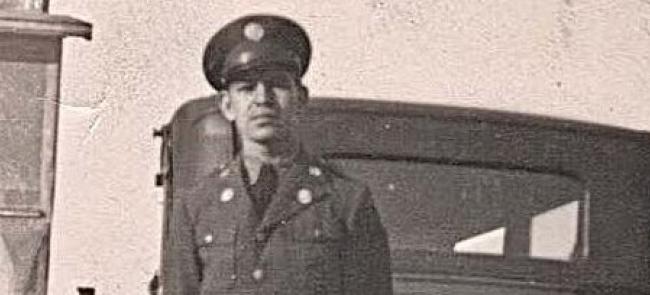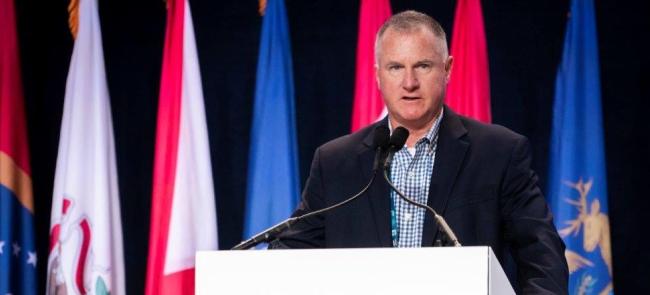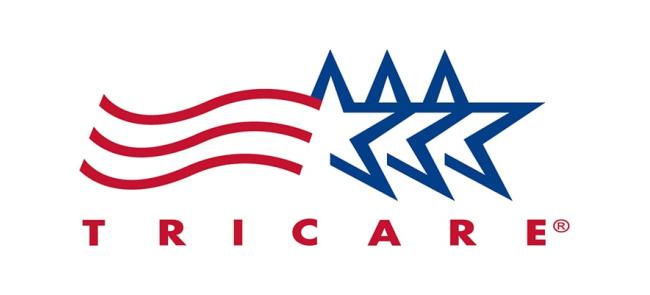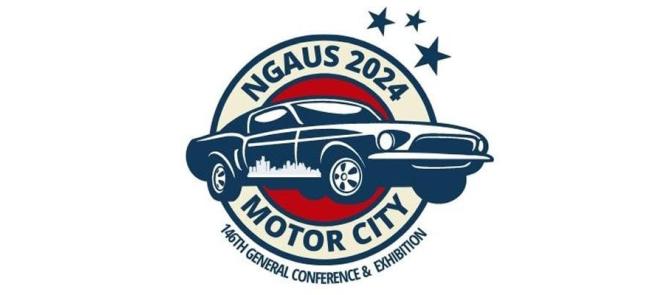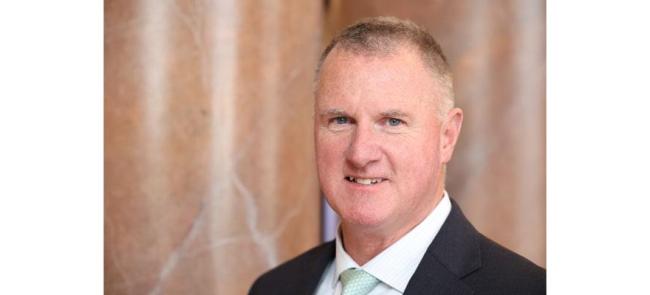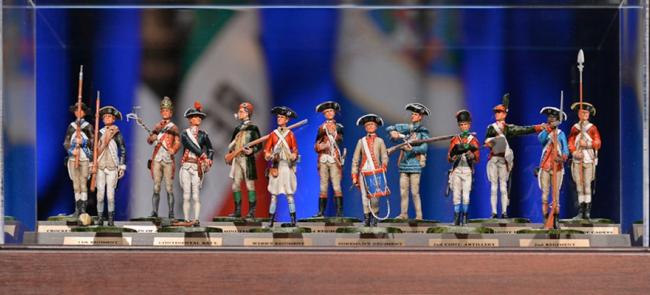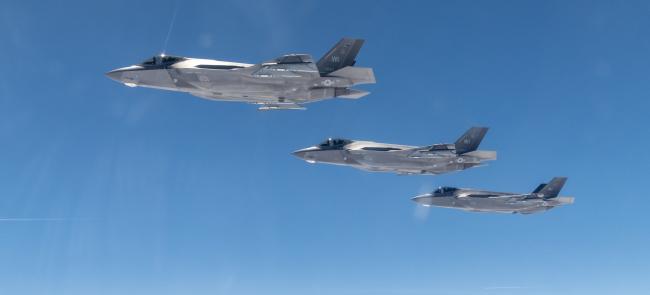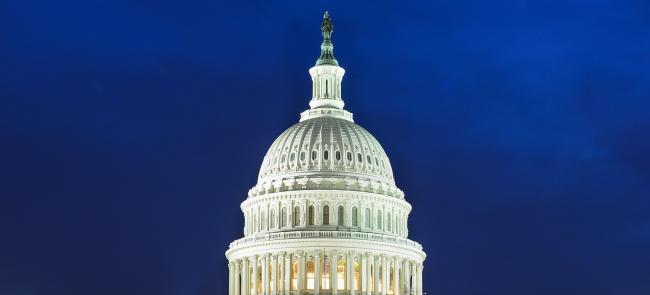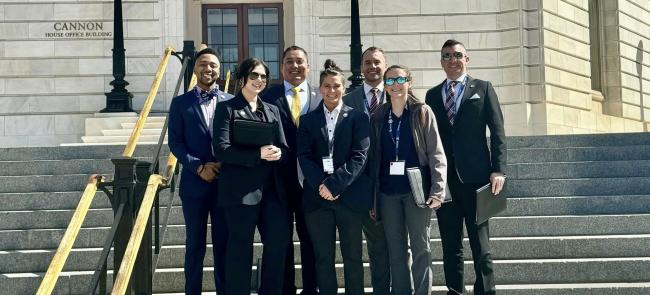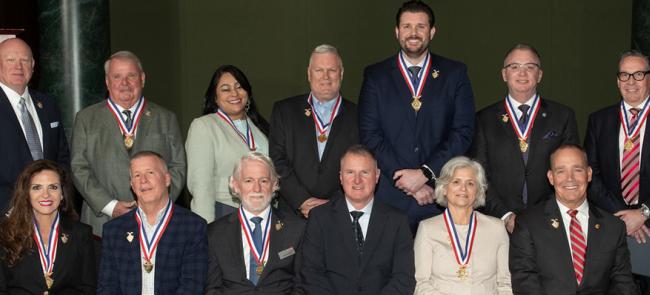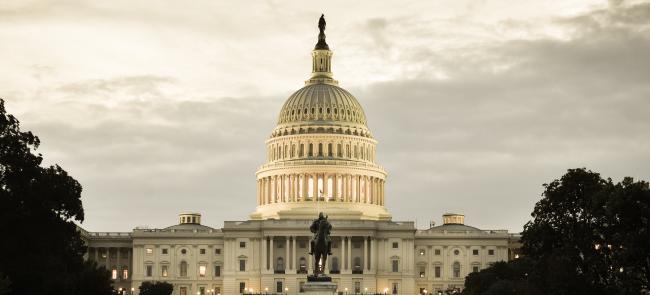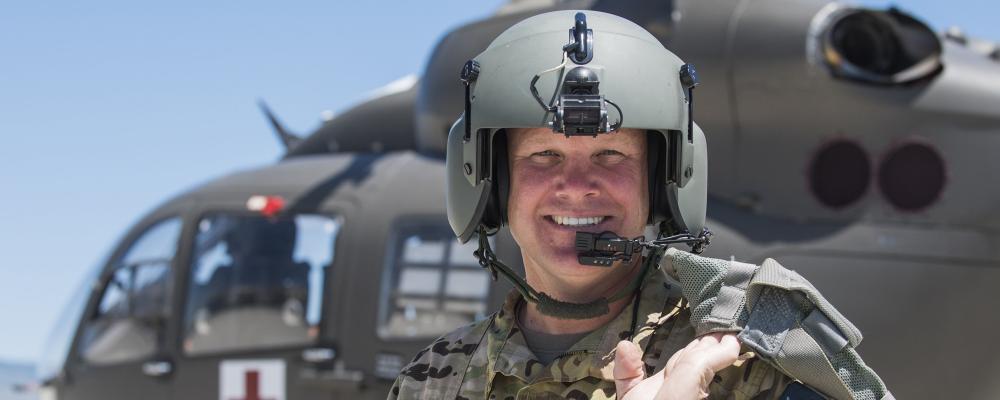
NGAUS has appealed to Congress to investigate why the Pentagon's implementation plans for National Guard and Reserve special- and incentive-pay parity are 16 months overdue.
Retired Maj. Gen. Francis M. McGinn, the association's president, asked the leaders of the House and Senate Armed Services committees and the Appropriations committees' defense subcommittees in separate Feb. 5 letters to use their "oversight authority to investigate the Department’s delay on S&I payments to the Guard and Reserve."
McGinn's letter to the HASC and SASC is available here. His letter to the defense subcommittees of the House and Senate Appropriations committees is here.
The U.S. military offers S&I pay to compensate personnel for special or unusual conditions.
But Guardsmen and Reservists who are not on active duty have historically received only a fraction of the S&I pay active-component troops receive, despite having to maintain the same proficiencies.
This disparity was supposed to change with the passage of the fiscal 2022 National Defense Authorization Act, which gave the Defense Department until Sept. 30, 2022, to provide an implementation plan.
Six months after the deadline, the Pentagon's report to Congress said that DoD would "need to update numerous policies, secure additional funding from Congress, or reallocate resources from within the Department’s existing budget" before any changes to S&I pay.
"While it may require additional effort, the law still must be carried out," McGinn wrote in his Monday letters.
Jump pay is one of many examples of the disparity between the active component and the Guard and Reserve on S&I pay. While active-duty and reserve-component paratroopers are required to perform three jumps a month, Guardsmen and Reservists receive only $12 a month, while active-duty members get $150.
Aviators and flight crews are other examples. Each group generally receives 1/30th of the S&I pay of their active-component counterparts.
NGAUS believes special- and incentive-pay parity is a recruiting and retention issue, as well as a simple matter of fairness.
"We cannot afford to lose any of our skilled professionals just because the Department of Defense is slow rolling the will of Congress," McGinn wrote.
"[I] request that you urge [DoD] leadership to implement S&I pay parity and provide these servicemembers what they are due," McGinn said.
— By John Goheen

